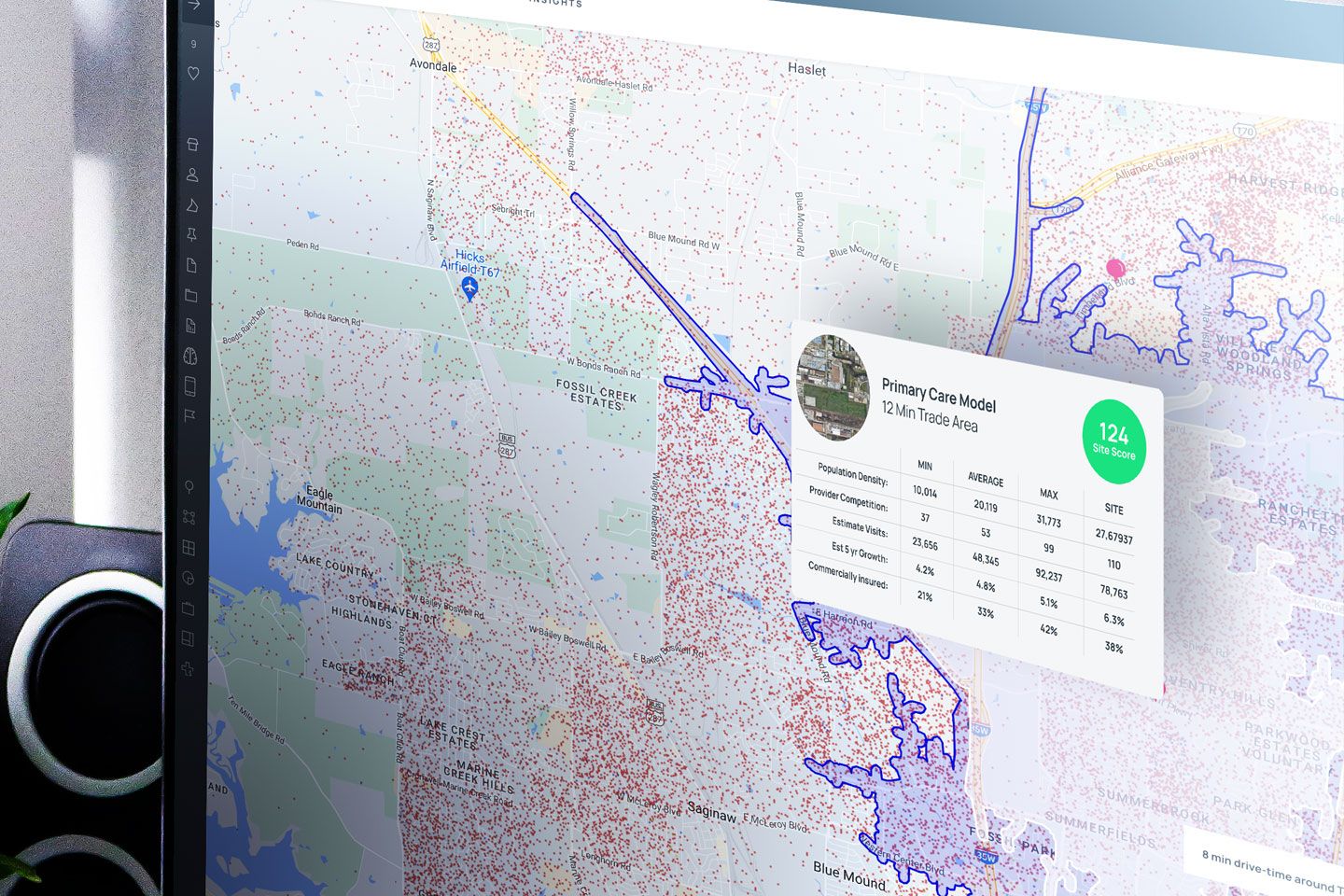Site selection is a critical decision for any health system, whether it's for a new outpatient facility or relocating an existing physician's practice. However, too often, health systems rely on outdated methods, such as basic demographics and macro-level healthcare data, or even trusting brokers who are motivated by transactional commissions. This approach can lead to less-than-ideal site selection decisions that may waste precious capital budgets.
That's why Buxton, the industry leader in consumer analytics, has developed unbiased, analytical solutions that provide health systems with a comprehensive understanding of the best places to establish new facilities or relocate existing ones. According to Bill Stinneford, SVP of Strategic Accounts at Buxton, "if you can blend retail and healthcare with an understanding of patients as consumers into a model that can help forecast potential, you're going to do really well."
Buxton's site selection models, also referred to as site score models, take into account a range of factors, including helthcare demand, healthcare supply, as well as patient behavior and preferences. By analyzing all of these factors, Buxton is able to provide health systems with a holistic view of potential sites that maximize return on investment and minimize risk.
One of the major benefits of Buxton's site selection models is the ability to evaluate the performance of existing locations and identify those that are underperforming their potential. These insights can be used to consolidate or relocate facilities, leading to improved profitability and more resources for fulfilling a health system's mission.
Overall, Buxton's site selection models offer health systems an unbiased, analytical solution that provides a comprehensive view of potential sites based on a range of factors. By maximizing return on investment and minimizing risk, health systems can improve profitability and better fulfill their mission. To learn more about how Buxton's site selection models, as well as other products and services, can benefit your health system, visit our website at https://www.buxtonco.com/industries/health-systems.


